ASTM/ASME SB 425 Alloy 825/incoloy 825/UNS N08825 steel round bar
HT PIPE provide incoloy 825 Nickel alloy round bar, Alloy 825 Bar supplier in China. 2.4858 round bar, UNS N08825 rod, Alloy 825 flat Bar, Incoloy 825 hollow bar, Incoloy 825 Nickel alloy round bar supplier, exporter.
1.The difference between Monel and inconel
However, Monel has copper and Inconel has Chromium. Monel 400 … To better distinguish the difference between these two, we need to address the strength of their dual-primary ingredient.
There are 31 material properties with values for both materials. Inconel and Monel are two important tradenames that name groups of alloys. Properties with values for just one material (1, in this case) are not shown. Price in Kg, Ton, Inconel, Monel & Hastelloy Pipe Tube Tubing Price in India (Size wise), Best price of Inconel, Monel & Hastelloy Plate, Inconel, Monel & Hastelloy Sheet Price List Alloy K500. Both Monel and Inconel perform extremely well in salt water environments.
This is collated information from various sources but is of limited quality. The exhaust nozzle on gas turbines is from Inconel. Monel. Difference Between Inconel 600 and 625 The fundamental difference. Toggle SlidingBar Area. In comparison to MONEL alloy 400, MONEL alloy K-500 offers superior fatigue strength (230-290 MPa vs 260-560 MPa), shear strength (370-490 MPa vs 430-700 MPa) and tensile strength (ultimate UTS; 540-780 MPa vs 310-880 MPa). There are 31 material properties with values for both materials.
Thankfully, metal is alive and well in the modern world. Difference Between Monel and Inconel 625 Monel Vs Inconel 625 Monel. MACHINING NICKEL AND NICKEL ALLOYS (INCLUDING MONEL, KOVAR, INVAR, INCONEL, & INCOLOY Machinability: Nickel alloys work harden rapidly, and the high pressures produced during machining cause a hardening effect that slows further machining and may also cause warping in small parts. When comparing stainless steel vs Inconel, it is important to remember that there are different formulations for each. Nickel and the INCONEL®, INCOLOY® and MONEL® Corrosion-Resistant Alloys A world leader in the development and production of high-perform-ance, mainly nickel-based, alloys,Special Metals has manufacturing facilities in the USA and Europe, and sales and service locations in North America,Europe and Asia. MONEL ® alloy 400 is a “nickel copper alloy with high strength and excellent corrosion resistance in a range of media including sea water, hydrofluoric acid, sulfuric acid, and alkalies,” according to Special Metals. The reason behind was, Inconel 718 have lower thermal conductivity and high tensile strength of all three materials.
2.Chemical Analysis
| % |
Ni |
Cr |
Fe |
C |
Mn |
Si |
Cu |
Mo |
Al |
Ti |
P |
S |
| Min |
38 |
19.5 |
Balance |
0 |
0 |
0 |
1.5 |
2.5 |
0 |
0.6 |
0 |
0 |
| Max |
46 |
23.5 |
- |
0.05 |
1 |
0.5 |
3 |
3.5 |
0.2 |
1.2 |
0.020 |
0.010 |
3.Features
Referred to as Nickel Alloy 825, Incoloy® 825 is a nickel-iron-chromium alloy with small amounts of molybdenum, copper, and titanium. This combination gives Incoloy 825 enhanced corrosion resistance in the harshest environments. Like many of the alloys in the Incoloy family, Incoloy 825 offers users a number of benefits:
-
Excellent resistance to both reducing and oxidizing acids like sulfuric and phosphoric
-
Helps avoid stress-corrosion cracking
-
Stops localized attacks such as pitting and crevice corrosion
-
High level of resistance to variety of oxidizing substances such as nitric acid, nitrates, and oxidizing salt
Because of its superior corrosion resistance characteristics, Incoloy 825 is in use in a number of industries and applications including:
-
Chemical processing
-
Pollution control
-
Calorifiers
-
Oil and gas recovery
-
Hot vessels for food, water, and seawater
-
Acid production
-
Pickling tank heaters, tanks, and equipment
-
Nuclear fuel reprocessing
-
Radioactive waste handling
-
Marine exhaust systems
The mechanical properties of Inconel 825 are relatively constant from very low temperatures (considered cryogenic i.e. -150degC) up to 540degC (100degF). Above this temperature there is the possibility of undesirable microstructural phase changes that significantly reduce impact toughness and elongation.
| Mechanical & Physical Properties |
21.1°C |
93.3°C |
148.9°C |
204.4°C |
315.6°C |
371.1°C |
426.7°C |
537.8°C |
684.9°C |
982°C |
| Ultimate Tensile Strength /MPa |
585 |
530 |
525 |
515 |
500 |
495 |
485 |
- |
- |
- |
| 0.2% Yield Strength /MPa |
240 |
205 |
190 |
180 |
170 |
165 |
155 |
- |
- |
- |
| Elongation % |
30 |
- |
- |
- |
- |
- |
- |
- |
- |
- |
| Coefficient of Thermal Expansion /µm/m°C ** |
- |
14.1 |
14.1 |
14.8 |
15.3 |
15.6 |
15.6 |
15.8 |
16 |
- |
| Thermal Conductivity /kcal/(hr.m.°C) |
9.55 |
10.578 |
10.578 |
11.868 |
13.224 |
14.534 |
14.534 |
15.652 |
16.856 |
- |
| Modulus of Elasticity / GPa |
196 |
192 |
192 |
187 |
181 |
174 |
174 |
168 |
162 |
118 |



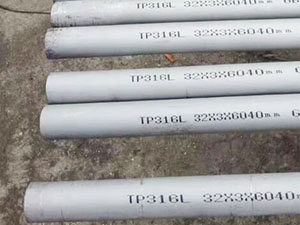
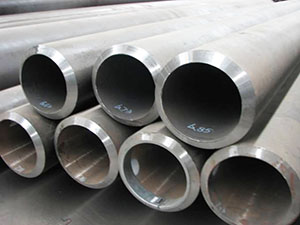
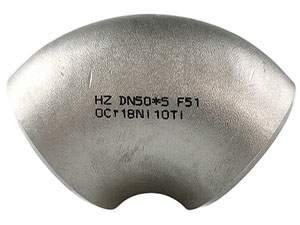
.jpg)



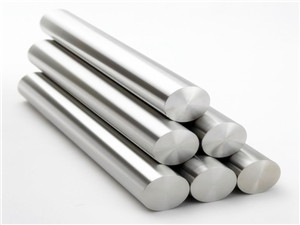
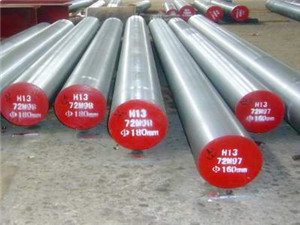
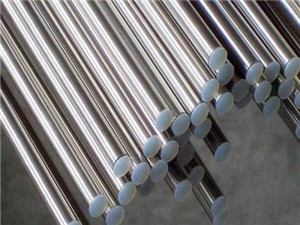
.jpg)